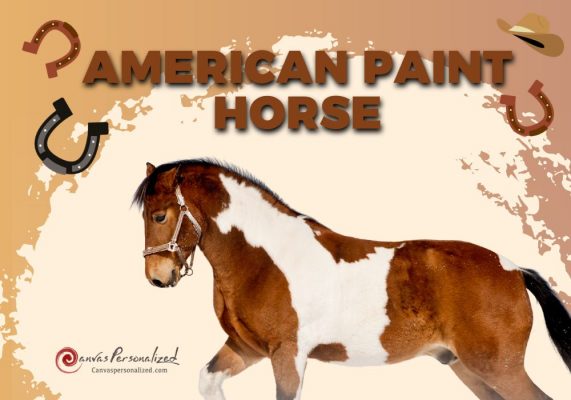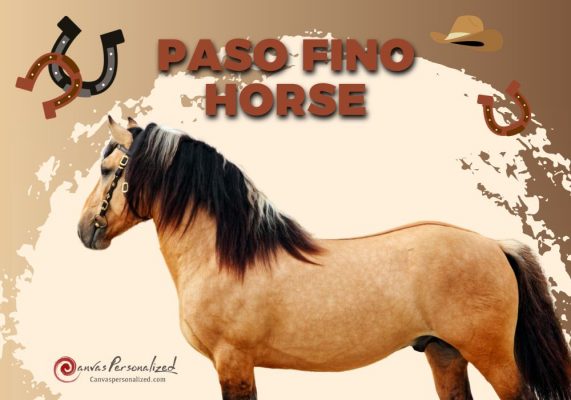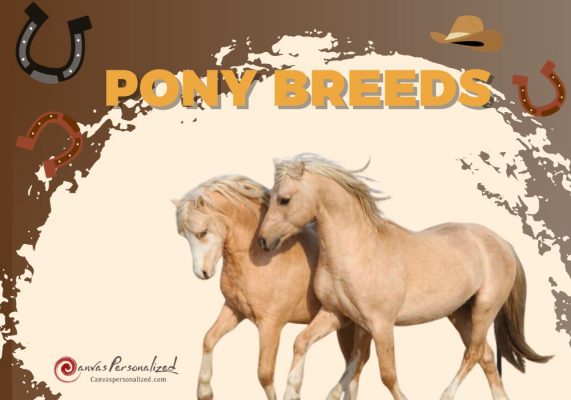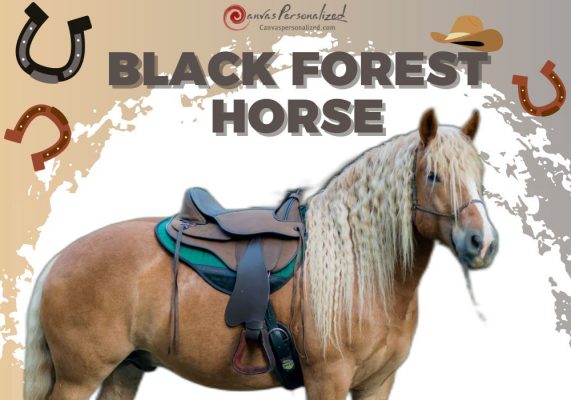The Shire horse breed is a great choice to learn about a breed that combines power, stature, and docility. The English “great horse,” used to transport heavily armored medieval knights, is the progenitor of this type of draft horse in the United Kingdom. The Shire horse is renowned in modern times for its towering stature, sturdy physique, and placid demeanor. Here, Canvas Personalized will learn about the background of this exquisite breed and its defining features.
1. Shire Horse Breed History and Origins
The Shire horse breed originated in the rural areas of Britain, hence the name. The British Great Horse, a war horse, is usually considered the shire horse’s progenitor. Flemish horses with feathered legs may have also impacted the breed. Founded in 1878 as a breed registration society, the Shire Horse Society was formerly known as the English Cart Horse Society.

Shire horses were first brought to the United States around 1853, although they were never very popular there. Instead, they were utilized largely to breed smaller farm horse stock with improved size.
The Shire horse was employed for its great pulling strength in the days before machines took over in agriculture and industries. However, because of the decline in demand for draft horses, the Shire is now considered a critically endangered livestock breed in the United Kingdom, the United States, and Canada.
2. Appearance Characteristics of the Shire Horse Breed
Shire Horse Size
The typical height of a shire horse is between 16 hands (64 inches) and 18 hands (72 inches), making it the tallest horse breed. The stallions of shires are typically taller than the mares. However, there are a few exceptions. The average weight of the breed is between 1,800 and 2,400 pounds.

Colors and Markings
Shire horses typically appear in black, bay, gray, or brown shades. The chestnut color is disallowed in the U.K. breed standard. While white markings on the face and legs are common in the breed, too much white is considered undesirable.
Unique Features of the Shire Horse
Numerous records and anecdotes support the Shire horse breed‘s reputation for its towering stature and incredible strength. In the 1920s, for instance, two shires were said to have towed more than 45 tons, albeit the precise weight was unknown due to the scale’s limitations. Shires have been the largest overall horse breed and the tallest horse breed in the world at different times.
The Shire has a long, slim head with wide eyes and a long, slightly arched neck in proportion to the rest of the animal. The back is short and powerful, and the shoulders are broad and deep. Horses of the shire breed, like the Clydesdale, are large-hoofed and have gigantic hooves and a unique type of feathering, or long strands of hair, on their lower legs.

3. Shire Horse Temperament
One of the reasons Shire horses are so well-liked is because of their pleasant disposition. The enormous Shire horse is known for its placid temperament and patient demeanor, earning it the nickname “gentle giant.”
They are devoted to their masters and eager to please, and they can be taught to do a wide range of duties and adhere to various guidelines. Additionally, they are warm and kind and thrive in social settings. If you give a Shire horse adequate room to roam, good feed, and loving care, it can be trained to do just about whatever you want.
4. Diet and Nutrition
The Shire horse breed is fed a balanced diet of hay, grain, vegetables, and fruits. Simply said, they have far higher caloric needs than a standard horse and hence require more food and water. Some vets recommend high-fat diets to prevent polysaccharide storage myopathy, a disorder that can result in spasms in the hind legs.

5. Common Health and Behavior Problems
In general, Shire horses are sound and have pleasant demeanors. However, they often develop a kind of lymphedema that worsens over time. The legs get progressively enlarged due to this condition, although it may be managed to limit its progression. Not all Shire horses are immune to the leg stiffness, cramps, and spasms caused by polysaccharide storage myopathy.
6. Shire Horse Breeding and Uses
The Shire horse breed was specifically bred for its size, strength, and calm disposition and was often employed to draw carts of ale from breweries to public places. These large, docile horses were extensively used to pull carts and labor fields on farms before World War I. Shires were used to draw massive coal carts over rocky roads back in the day when coal was used for heating and lighting.

Many riders still find the gentle Shire horse a pleasure to ride for recreation, and the breed is still used to pull vehicles like sightseeing carts. In addition to their continued usage in logging, these vehicles provide a more sustainable alternative to tractors on smaller farms. They are also widely used as a form of advertising by contemporary breweries, many of which once again rely on horse-drawn delivery vehicles.
7. Grooming
The feathering around a shire horse’s lower legs should be brushed and cleaned regularly to prevent skin irritation and infection. Since germs and fungus thrive in damp conditions, drying the feather thoroughly after a bath is essential.
Normal equestrian care is provided to these animals otherwise. However, a robust stool or ladder may be necessary to access your horse’s higher body parts.
8. Is the Shire Horse Right for You?
Despite their large stature, most shire horses can be ridden and handled relatively easily, even by those without prior experience. Some people might need help getting on, but they can be sure the ride will be smooth. Shires don’t usually back or buck and aren’t easily scared. They want to do what you want and are easy to train.
However, shires are a costly breed to maintain. Its massive frame means it eats more food than most other horse breeds. And because mass-produced gear rarely works, most owners have to have tack built to order. Nonetheless, it might be a good friend if you have the resources to care for this Shire horse breed.
9. How to Adopt or Buy
The Shire horse is a rare breed. Therefore, finding one may prove challenging. It is strongly suggested that you spend time with a horse before bringing it home, but researching reputable horse rescues or breeders online is typically your best choice.
Depending on their age and degree of training, Shire horses can cost anywhere from $2,000 to $20,000. Before deciding, learning the horse’s medical history, personality, and background is crucial. A reputable shelter or breeder will be honest with you about their available pets so that you can make an informed decision.
You should also have your vet check out the horse before buying or adopting it to ensure it’s healthy and fit your needs.
>>Read more:
- Azteca Horse Breed: Alluring Blend of Elegance and Strength
- Black Forest Horse: A Chestnut Beauty with Flaxen Mane
In conclusion, the Shire horse breed holds a unique and cherished place in the world of equine enthusiasts. Its rich history, remarkable size, and gentle temperament make it a standout choice for various equestrian activities, from agricultural work to leisurely carriage rides. Read other Canvas Personalized articles to learn more about unique pet breeds and proper pet care.










